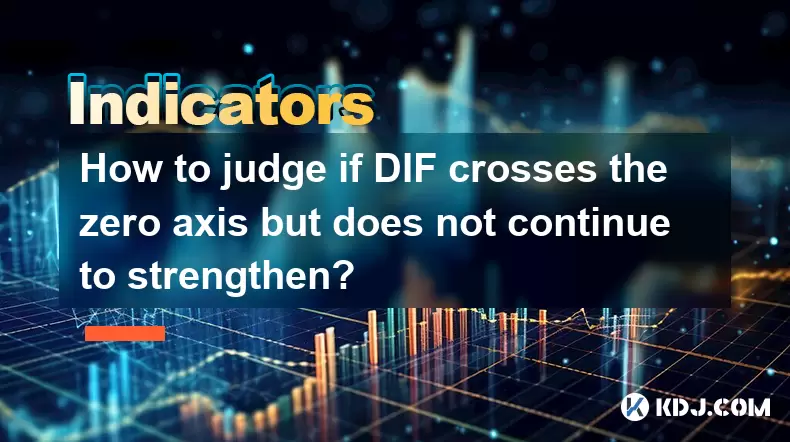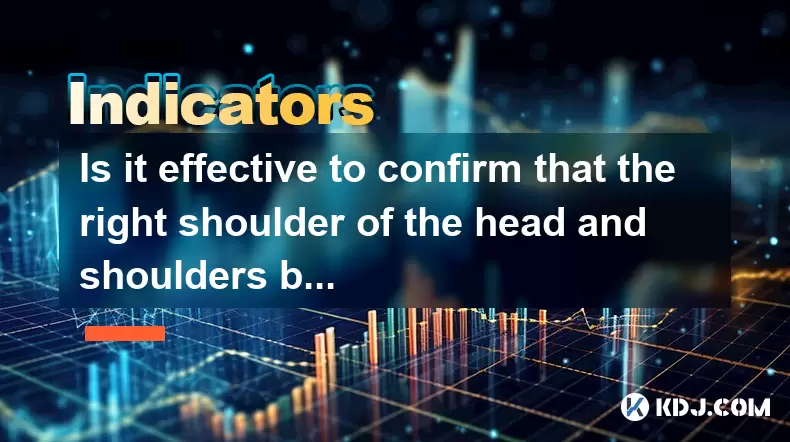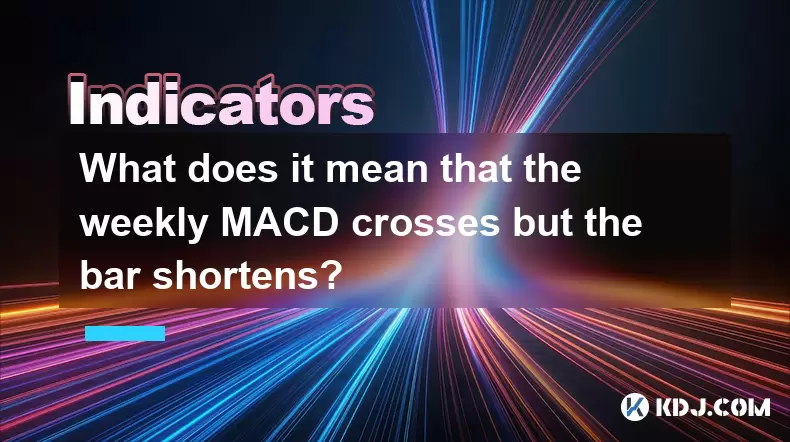-
 Bitcoin
Bitcoin $106,754.6083
1.33% -
 Ethereum
Ethereum $2,625.8249
3.80% -
 Tether USDt
Tether USDt $1.0001
-0.03% -
 XRP
XRP $2.1891
1.67% -
 BNB
BNB $654.5220
0.66% -
 Solana
Solana $156.9428
7.28% -
 USDC
USDC $0.9998
0.00% -
 Dogecoin
Dogecoin $0.1780
1.14% -
 TRON
TRON $0.2706
-0.16% -
 Cardano
Cardano $0.6470
2.77% -
 Hyperliquid
Hyperliquid $44.6467
10.24% -
 Sui
Sui $3.1128
3.86% -
 Bitcoin Cash
Bitcoin Cash $455.7646
3.00% -
 Chainlink
Chainlink $13.6858
4.08% -
 UNUS SED LEO
UNUS SED LEO $9.2682
0.21% -
 Avalanche
Avalanche $19.7433
3.79% -
 Stellar
Stellar $0.2616
1.64% -
 Toncoin
Toncoin $3.0222
2.19% -
 Shiba Inu
Shiba Inu $0.0...01220
1.49% -
 Hedera
Hedera $0.1580
2.75% -
 Litecoin
Litecoin $87.4964
2.29% -
 Polkadot
Polkadot $3.8958
3.05% -
 Ethena USDe
Ethena USDe $1.0000
-0.04% -
 Monero
Monero $317.2263
0.26% -
 Bitget Token
Bitget Token $4.5985
1.68% -
 Dai
Dai $0.9999
0.00% -
 Pepe
Pepe $0.0...01140
2.44% -
 Uniswap
Uniswap $7.6065
5.29% -
 Pi
Pi $0.6042
-2.00% -
 Aave
Aave $289.6343
6.02%
How to judge if DIF crosses the zero axis but does not continue to strengthen?
The DIF line in MACD helps traders spot momentum shifts, but a zero-axis cross without strengthening may signal weak trend conviction.
Jun 17, 2025 at 10:21 am

Understanding the DIF Line in MACD
The DIF line is a core component of the Moving Average Convergence Divergence (MACD) indicator, which is widely used in cryptocurrency trading to assess momentum and potential trend reversals. The DIF is calculated by subtracting the 26-period Exponential Moving Average (EMA) from the 12-period EMA. When this line crosses above or below the zero axis, it signals a shift in market dynamics.
In crypto markets, where volatility is high and trends can reverse quickly, identifying whether the DIF crosses the zero axis but does not continue to strengthen is crucial for traders looking to avoid false breakouts or misleading signals. This situation often reflects indecision in the market rather than a strong directional move.
Important Note: A DIF crossing the zero axis without strengthening may indicate weakening momentum despite a bullish or bearish signal being generated.
Recognizing Zero Axis Crosses Without Strengthening
To identify if the DIF crosses the zero axis but does not continue to gain strength, you need to monitor both the position and slope of the DIF line after the cross. Here’s how:
- Watch the DIF movement post-cross: If the DIF line barely moves away from zero or quickly turns flat, it suggests that momentum is not building.
- Analyze the histogram: The MACD histogram represents the difference between the DIF and the Signal line. If the histogram bars are shrinking or failing to grow after the cross, this confirms that momentum is fading.
- Compare with price action: Sometimes, price may continue moving in one direction even when the DIF isn’t gaining strength. This divergence can be an early warning sign of trend exhaustion.
Key Insight: A DIF crossing zero without strengthening typically appears as a brief spike above or below zero followed by stagnation or reversal.
Technical Indicators to Confirm Weakness
To enhance your analysis of whether the DIF is truly losing strength after crossing the zero axis, consider combining it with other technical indicators:
- Relative Strength Index (RSI): Check if RSI is showing overbought or oversold conditions. If RSI is at extreme levels but DIF is not continuing its trajectory, it reinforces the idea of weak momentum.
- Volume Analysis: Look at volume during and after the DIF cross. If volume remains low or declines, it supports the notion that the move lacks conviction.
- Trendlines on DIF: Draw trendlines on the DIF itself. If the DIF breaks below an uptrend or above a downtrend shortly after crossing zero, it indicates weakness.
- Use RSI to confirm overbought/oversold readings
- Analyze volume patterns around the DIF cross
- Apply trendline analysis directly on the DIF line
Caution: Avoid relying solely on DIF movements—corroborate with other tools for higher accuracy.
Case Study: DIF Behavior in Crypto Markets
Let’s examine a real-world scenario involving Bitcoin (BTC):
Imagine BTC has been in a downtrend, and suddenly the DIF crosses above zero, suggesting a possible bullish reversal. However, within a few hours, the DIF flattens out and begins to decline again. During this time:
- Price may have slightly risen but failed to break key resistance levels
- Volume during the DIF cross was lower than average
- RSI briefly rose above 50 but then dropped back
This example illustrates a classic case of a zero-axis cross without continuation. Traders who entered long positions based only on the DIF cross would likely face losses or breakeven outcomes.
Observation: In volatile assets like cryptocurrencies, DIF crosses without follow-through can lead to premature entries and whipsaw trades.
How to Trade Around Weak DIF Crosses
If you detect that the DIF crosses the zero axis but doesn’t continue to strengthen, here are steps to manage your trade effectively:
- Avoid immediate entries: Wait for additional confirmation such as candlestick patterns, breakout of key levels, or increasing volume.
- Use trailing stops cautiously: If you’re already in a trade, don’t tighten stops too aggressively unless there’s clear evidence of momentum.
- Monitor divergence: Watch for any divergence between the DIF and price. For instance, if price makes a new high but DIF fails to do so, it could signal a reversal.
- Wait for retest: If the DIF retests the zero level after a weak cross, it may provide a better entry opportunity if supported by other signals.
- Delay entries until momentum is confirmed
- Observe price and volume behavior after the DIF cross
- Look for price-DIF divergence
- Consider retesting of zero as a potential setup
Pro Tip: Always use multi-timeframe analysis to filter out noise and validate the strength of the DIF movement.
Frequently Asked Questions
Q: Can DIF cross zero and still be a valid signal?
Yes, the DIF crossing zero can be a valid signal, especially when accompanied by increasing volume, strong price action, and confirmation from other indicators like RSI or Bollinger Bands.
Q: How long should I wait after a weak DIF cross before taking action?
It depends on your trading strategy. Short-term traders might wait a few candles, while longer-term traders could wait for a full retest or consolidation phase before entering.
Q: Is the DIF more reliable in certain crypto market conditions?
The DIF tends to be more reliable in trending markets rather than sideways or choppy ones. In ranging conditions, false signals are more common.
Q: Should I ignore all DIF crosses that don’t show strength?
Not necessarily. You can treat them as caution flags rather than outright invalid signals. Combine them with other tools to increase their reliability.
Disclaimer:info@kdj.com
The information provided is not trading advice. kdj.com does not assume any responsibility for any investments made based on the information provided in this article. Cryptocurrencies are highly volatile and it is highly recommended that you invest with caution after thorough research!
If you believe that the content used on this website infringes your copyright, please contact us immediately (info@kdj.com) and we will delete it promptly.
- 2025-W Uncirculated American Gold Eagle and Dr. Vera Rubin Quarter Mark New Products
- 2025-06-13 06:25:13
- Ruvi AI (RVU) Leverages Blockchain and Artificial Intelligence to Disrupt Marketing, Entertainment, and Finance
- 2025-06-13 07:05:12
- H100 Group AB Raises 101 Million SEK (Approximately $10.6 Million) to Bolster Bitcoin Reserves
- 2025-06-13 06:25:13
- Galaxy Digital CEO Mike Novogratz Says Bitcoin Will Replace Gold and Go to $1,000,000
- 2025-06-13 06:45:13
- Trust Wallet Token (TWT) Price Drops 5.7% as RWA Integration Plans Ignite Excitement
- 2025-06-13 06:45:13
- Ethereum (ETH) Is in the Second Phase of a Three-Stage Market Cycle
- 2025-06-13 07:25:13
Related knowledge

How to interpret the low opening the next day after the long lower shadow hits the bottom?
Jun 18,2025 at 12:22am
Understanding the Long Lower Shadow Candlestick PatternIn technical analysis, a long lower shadow candlestick is often seen as a potential reversal signal in a downtrend. This pattern occurs when the price opens, trades significantly lower during the session, but then recovers to close near the opening price or slightly above. The long wick at the botto...

How to operate the RSI indicator repeatedly in the 40-60 range?
Jun 18,2025 at 12:56am
Understanding the RSI Indicator and Its RelevanceThe Relative Strength Index (RSI) is a momentum oscillator widely used in cryptocurrency trading to measure the speed and change of price movements. Typically, the RSI ranges from 0 to 100, with levels above 70 considered overbought and below 30 considered oversold. However, when the RSI repeatedly stays ...

How strong is the MACD golden cross below the zero axis?
Jun 17,2025 at 11:00pm
Understanding the MACD Indicator in Cryptocurrency TradingThe Moving Average Convergence Divergence (MACD) is one of the most widely used technical indicators among cryptocurrency traders. It helps identify potential trend reversals, momentum shifts, and entry or exit points. The MACD consists of three main components: the MACD line, the signal line, an...

How effective is the golden cross of the William indicator double line in the oversold area?
Jun 17,2025 at 11:56pm
Understanding the William Indicator and Its Double Line SetupThe William %R (Williams Percent Range) is a momentum oscillator used to identify overbought or oversold conditions in a market. It ranges from 0 to -100, with readings above -20 considered overbought and below -80 deemed oversold. The double line setup refers to plotting two different timefra...

Is it effective to confirm that the right shoulder of the head and shoulders bottom volume at the 30-minute level is enlarged?
Jun 17,2025 at 11:42pm
Understanding the Head and Shoulders Pattern in Cryptocurrency TradingThe head and shoulders pattern is one of the most recognized reversal patterns in technical analysis, especially within cryptocurrency trading. It typically signals a potential shift from a bullish trend to a bearish one. This pattern consists of three peaks: the left shoulder, the he...

What does it mean that the weekly MACD crosses but the bar shortens?
Jun 18,2025 at 01:07am
Understanding the MACD IndicatorThe Moving Average Convergence Divergence (MACD) is a popular technical analysis tool used in cryptocurrency trading to identify potential trend reversals and momentum shifts. It consists of three main components: the MACD line, the signal line, and the histogram (also known as the bar). The MACD line is calculated by sub...

How to interpret the low opening the next day after the long lower shadow hits the bottom?
Jun 18,2025 at 12:22am
Understanding the Long Lower Shadow Candlestick PatternIn technical analysis, a long lower shadow candlestick is often seen as a potential reversal signal in a downtrend. This pattern occurs when the price opens, trades significantly lower during the session, but then recovers to close near the opening price or slightly above. The long wick at the botto...

How to operate the RSI indicator repeatedly in the 40-60 range?
Jun 18,2025 at 12:56am
Understanding the RSI Indicator and Its RelevanceThe Relative Strength Index (RSI) is a momentum oscillator widely used in cryptocurrency trading to measure the speed and change of price movements. Typically, the RSI ranges from 0 to 100, with levels above 70 considered overbought and below 30 considered oversold. However, when the RSI repeatedly stays ...

How strong is the MACD golden cross below the zero axis?
Jun 17,2025 at 11:00pm
Understanding the MACD Indicator in Cryptocurrency TradingThe Moving Average Convergence Divergence (MACD) is one of the most widely used technical indicators among cryptocurrency traders. It helps identify potential trend reversals, momentum shifts, and entry or exit points. The MACD consists of three main components: the MACD line, the signal line, an...

How effective is the golden cross of the William indicator double line in the oversold area?
Jun 17,2025 at 11:56pm
Understanding the William Indicator and Its Double Line SetupThe William %R (Williams Percent Range) is a momentum oscillator used to identify overbought or oversold conditions in a market. It ranges from 0 to -100, with readings above -20 considered overbought and below -80 deemed oversold. The double line setup refers to plotting two different timefra...

Is it effective to confirm that the right shoulder of the head and shoulders bottom volume at the 30-minute level is enlarged?
Jun 17,2025 at 11:42pm
Understanding the Head and Shoulders Pattern in Cryptocurrency TradingThe head and shoulders pattern is one of the most recognized reversal patterns in technical analysis, especially within cryptocurrency trading. It typically signals a potential shift from a bullish trend to a bearish one. This pattern consists of three peaks: the left shoulder, the he...

What does it mean that the weekly MACD crosses but the bar shortens?
Jun 18,2025 at 01:07am
Understanding the MACD IndicatorThe Moving Average Convergence Divergence (MACD) is a popular technical analysis tool used in cryptocurrency trading to identify potential trend reversals and momentum shifts. It consists of three main components: the MACD line, the signal line, and the histogram (also known as the bar). The MACD line is calculated by sub...
See all articles

























































































